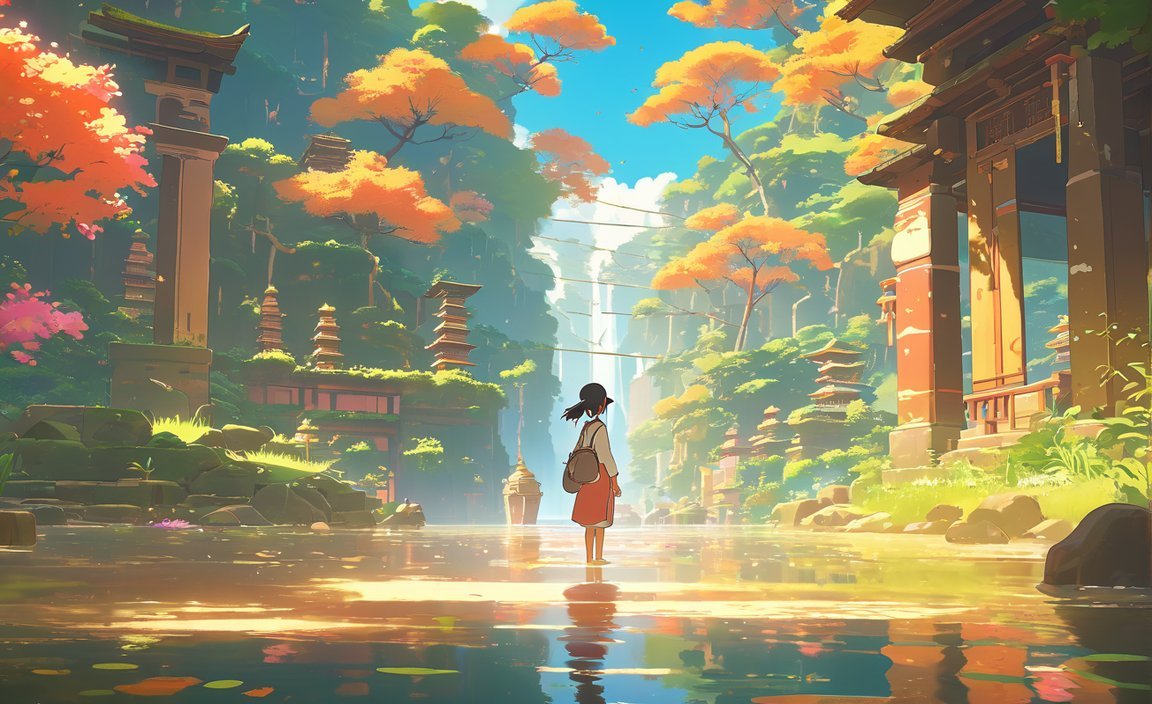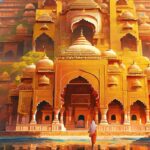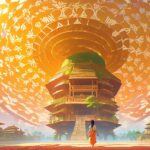Embark on a captivating journey through India’s intriguing and diverse culture as we uncover its fascinating fun facts. In this article titled “Discover India’s Fascinating Fun Facts: A Journey of Intrigue,” we will delve into the lesser-known curiosities, traditions, and landmarks that make this vibrant country so unique. From astonishing historical anecdotes to captivating tales of cultural significance, join us as we explore the rich tapestry of India’s captivating past and present.
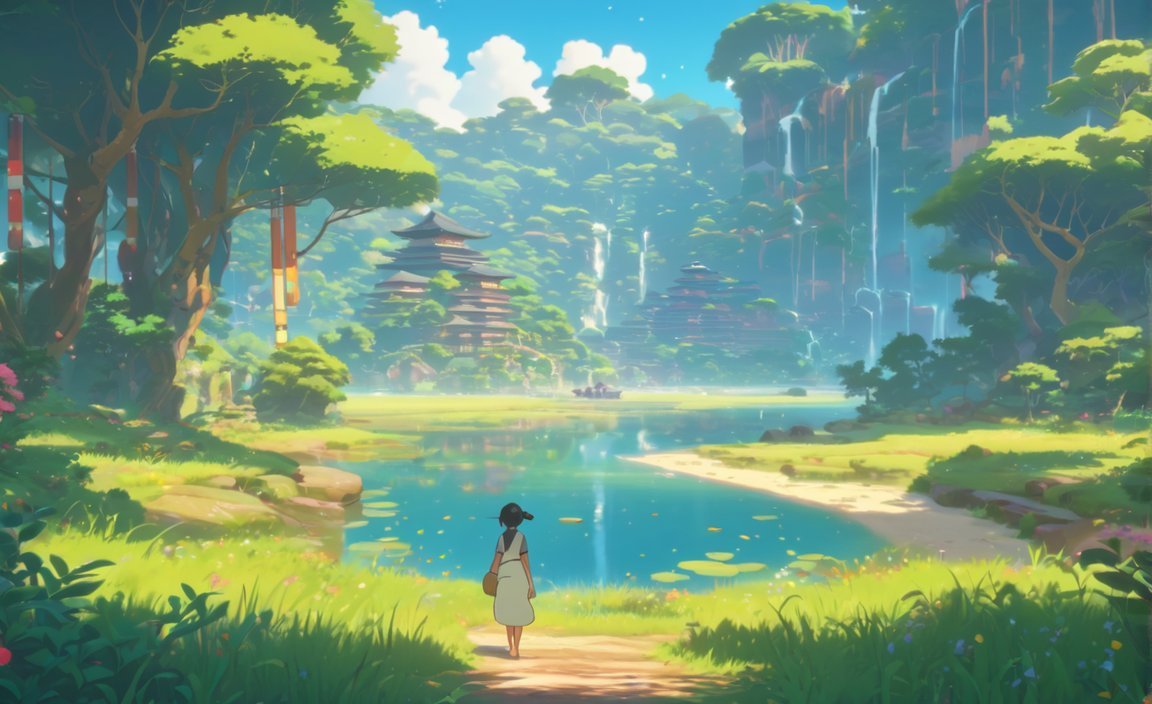
Key Takeaways:
- India is the seventh largest country in the world and spans across 1.27 million square miles.
- The country has a varied climate and is home to approximately 65,000 species of animals.
- India boasts architectural and engineering marvels, including the highest rail bridge, motorable road, and a mysterious skeleton lake.
- It is the largest democracy globally, but also faces the challenge of high poverty rates.
- India is known for its diverse religious practices and has over 300,000 mosques and over 2 million Hindu temples.
- The country continues to captivate visitors with its natural wonders and architectural feats.
Fun Facts About India
India, a country known for its rich culture and history, is home to many fascinating and unique features. Let’s explore some fun facts that highlight the intriguing aspects of this diverse nation.
India’s Size and Climate
Did you know that India is the seventh largest country in the world? Spanning across 1.27 million square miles, it is three times smaller than the United States. Despite its vast size, India boasts a varied climate, providing habitats for approximately 65,000 animal species. From elephants to pythons, river dolphins to rhinos, and even being the only country in the world home to both lions and tigers, there is an incredible array of wildlife to discover[^1^][^2^].
Structural Marvels
India is renowned for its architectural and engineering wonders. It proudly holds the record for the highest rail bridge and the highest motorable road. These achievements showcase India’s ability to conquer challenging landscapes and push the boundaries of human capabilities. Additionally, there is a mysterious lake filled with hundreds of skeletons, captivating the curiosity of visitors and researchers alike[^2^].
Democracy and Poverty
India stands as the largest democracy globally, where people have the power to elect their representatives and actively participate in the decision-making process[^4^]. However, the country also faces the challenge of high poverty rates. An estimated 35% of the population currently lives below the poverty line, highlighting the need for continued efforts to uplift communities and promote economic stability[^4^].
Unique Places of Worship
India’s cultural and religious diversity is beautifully showcased through its temples and places of worship. With over 300,000 mosques, over 2 million Hindu temples, and several unique religious structures, India exemplifies the tolerance and acceptance of varying beliefs. Some notable examples include the famous Temple of Rats and the Lotus Temple with its unique design of 27 petals[^2^].
These fun facts about India unveil the geographical, cultural, and religious diversity that makes this country truly fascinating. From its captivating wildlife to its architectural marvels and its commitment to democracy, India continues to leave a lasting impression on visitors worldwide.
Sources
[^1^]: National Geographic Kids. “India Country Profile – National Geographic Kids.” Source.
[^2^]: The Fact Site. “350 Interesting Facts About India.” Source.
To explore some fascinating Albania fun facts, click here.
Discover intriguing Fun facts on India by clicking here.
Uncover cool facts about India by clicking here.
Embark on an interesting fact-finding journey about India by clicking here.
Indulge in entertaining Fun Indian facts by clicking here.
Delve into the realm of UK fun facts by clicking here.
India has the world’s largest democracy
India, a land of rich culture and history, is known for its fascinating fun facts. One intriguing aspect that sets India apart is its distinction as the world’s largest democracy. With a population estimated to be 1.38 billion, India’s democratic system allows for direct elections of its rulers. As the second-most populous country globally, India’s democratic setup holds significant importance on the global stage.
India’s journey as a democratic nation has been eventful and fascinating. The ruling Bharatiya Janata Party, led by Narendra Modi, is currently vying for another five-year term, highlighting the vibrant political landscape of the country. Over the past six decades, an astonishing 2,751 political parties have contested parliamentary and state elections in India, demonstrating the active participation of citizens and the democratic fervor that permeates the country.
One remarkable feature of India’s democracy is the adoption of the world’s longest national constitution in 1949. This constitution, spanning an extensive length, serves as a testament to India’s commitment to upholding democratic principles and safeguarding the rights of its citizens.
India’s democratic prowess shines bright on the world stage, earning it the distinction of being a model of soft power. However, it is important to note that India is also home to the largest number of impoverished people globally, highlighting the challenges the nation faces in terms of poverty and inequality.
As India celebrates its 75th Constitution Day in 2021, it is worth acknowledging the achievements and complexity of its democratic system. The country’s ability to hold free and fair elections, where the power lies in the hands of its people, solidifies its position as the world’s largest democracy.
Key Takeaways:
- India’s population of 1.38 billion positions it as the second-most populous country globally.
- The ruling Bharatiya Janata Party, led by Narendra Modi, is currently seeking another five-year term.
- India adopted the world’s longest national constitution in 1949, highlighting its commitment to democratic principles.
- Over 2,751 political parties have participated in parliamentary and state elections in India, showcasing its vibrant political landscape.
- India’s democratic system enables direct elections of the country’s rulers.
- India’s economy is witnessing growth, but it grapples with challenges concerning poverty and inequality.
Sources:
- Medium: 12 Fascinating Facts About India — The Biggest Democracy in the …
- NPR: Polls Open In The World’s Largest Democracy: Fun Facts On …
India is the Birthplace of Four Major Religions
India, a country known for its rich culture and history, holds a significant place in the world when it comes to religious diversity. The birthplace of four major religions, India has witnessed the rise and spread of Hinduism, Buddhism, Sikhism, and Jainism. These religions have not only shaped the country’s religious landscape but also left a lasting impact on its culture and traditions. Let’s explore some fascinating facts about these religions and their origins in India.
Hinduism: A Religion with Many Facets
Hinduism, the oldest religion in the world, finds its roots in the land of India. With approximately 80% of the Indian population practicing Hinduism, it holds a significant place in the country’s religious fabric. Hinduism encompasses a wide range of beliefs and practices, with different sects like Shaivism, Vaishnavism, Shaktism, and Smarta having their unique rituals and customs.
Buddhism: The Teachings of the Enlightened One
Founded by Siddhartha Gautama, also known as Buddha, Buddhism originated in India and later spread across various countries in Asia. The teachings of Buddha focus on achieving enlightenment through the cessation of desires and the pursuit of compassion and mindfulness. Buddhist philosophy and practices continue to influence millions of people around the world.
Sikhism: The Path of the Disciples
Sikhism, a religion founded in the 15th century, emerged in the Punjab region of India. Guru Nanak Dev Ji, the first of the ten Sikh Gurus, introduced the concept of “Ik Onkar,” emphasizing the belief in one universal God. Sikhism promotes equality, social justice, and selfless service, making it a distinct religion with a strong message of inclusivity.
Jainism: The Path of Ahimsa
Jainism, another ancient Indian religion, traces its roots back to the Indus Valley Civilization. Founded by Lord Mahavir, Jainism revolves around the principle of non-violence or ahimsa. Jains practice rigorous asceticism and follow strict codes of conduct to lead a righteous life. The religion emphasizes compassion towards all living beings and seeks to attain salvation through spiritual discipline.
India’s religious heritage has shaped its culture, fostering a society that embraces diversity and religious tolerance. The country is home to a plethora of sacred sites, such as the revered Ganges River in Varanasi, which holds immense significance for Hindus. India’s religious mosaic is further highlighted by the fact that it is home to the world’s largest population of Hindus and the second-largest population of Muslims.
Key Takeaways:
- India is the birthplace of four major religions: Hinduism, Buddhism, Sikhism, and Jainism.
- Hinduism is the majority religion in India, followed by Islam as the second most-practiced religion.
- Hinduism has various sects, each with its own practices and beliefs.
- Buddhism originated in India and spread to other parts of Asia.
- Sikhism emerged in the Punjab region of India and promotes equality and social justice.
- Jainism, rooted in ancient India, emphasizes non-violence and spiritual discipline.
- India’s religious diversity is evident in its numerous places of worship and sacred sites.
- The country embraces religious tolerance and has a long history of coexistence among various faiths.
Sources:
– Religions Facts – The Four Major Religions Founded in India
– Asia Highlights – Religion in India — The 5 Most Popular Religions You Should Know
India is known for its diverse cuisine with unique regional dishes
India is a country that prides itself on its rich and diverse cuisine. From the tantalizing aromas of spice-filled markets to the mouth-watering flavors of street food, India has something to offer every taste bud. In this article, we will explore some fascinating fun facts about India’s diverse cuisine and its unique regional dishes.
The Land of Spices and Foreign Influences
India is rightly called the Land of Spices. Its cuisine is known for its vibrant use of a wide variety of spices, which adds depth and complexity to the flavors. Greek, Roman, and Arab traders have also significantly contributed foreign flavors to Indian cuisine. These influences have shaped the culinary landscape of the country, resulting in an incredible fusion of tastes and aromas.
Surprising Origins of Staple Ingredients
While India is known for its love affair with spices, not all staple ingredients have Indian origins. For instance, potatoes, tomatoes, and chilies were not originally from India. These ingredients were introduced to the country through the Portuguese trade route. It’s fascinating to see how these foreign ingredients have become an integral part of Indian cooking, adding their unique flavors to traditional dishes.
Uncovering Culinary Surprises
One of the most surprising facts about Indian cuisine is that Chicken Tikka Masala, a popular Indian dish enjoyed worldwide, is actually Scottish in origin. It was invented by a Pakistani chef in Glasgow, Scotland. This unexpected twist showcases the cultural fusion that has occurred through centuries of migration and exchange.
The Spice Capital and Beyond
India undeniably holds the title of the world’s spice capital. Its bazaars and spice markets are a sensory delight, offering an incredible array of spices that are used in various regional dishes. Each state in India has its own unique culinary traditions, filled with fascinating tales and distinct flavors. It is this diversity that makes Indian cuisine so enchanting and worth exploring.
Key Takeaways:
- India is renowned for its diverse cuisine, with unique regional dishes.
- The country’s culinary heritage is a result of foreign influences from traders and explorers.
- Staple ingredients like potatoes, tomatoes, and chilies were introduced to India through Portuguese trade routes.
- Chicken Tikka Masala, a beloved Indian dish, originated in Scotland.
- Indian cuisine showcases a rich variety of spices, making it the world’s spice capital.
For more interesting facts about Indian food, you can visit the following sources:
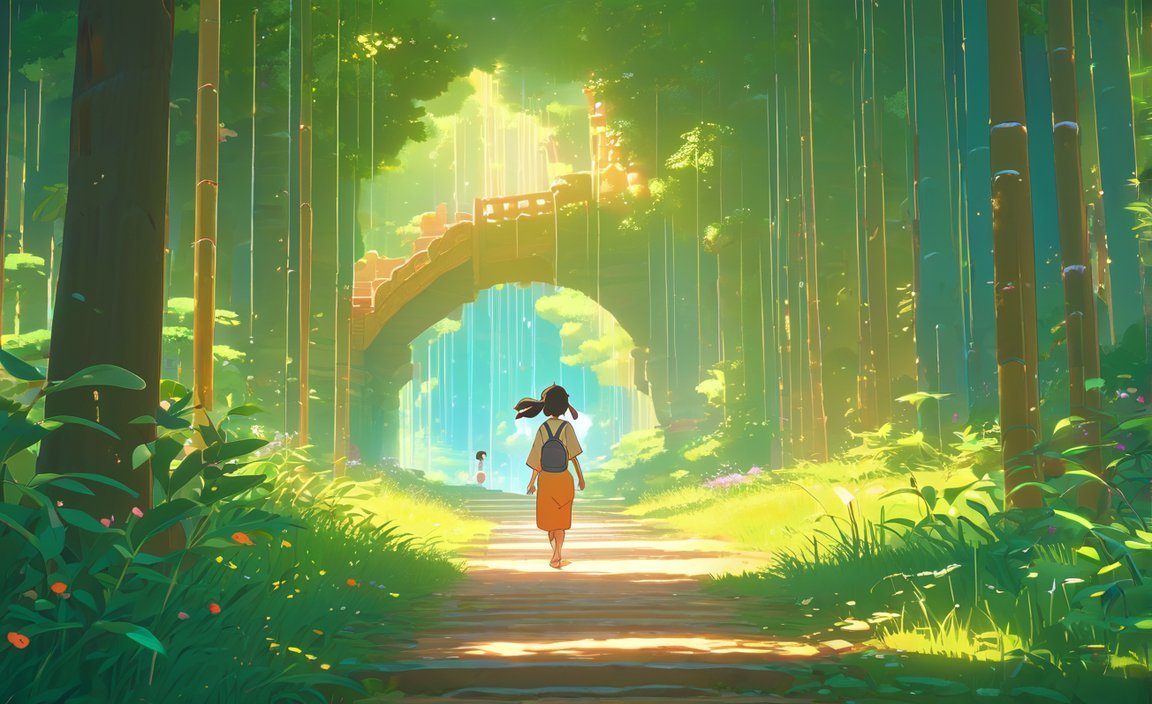
FAQ
Q1: What is the size of India compared to other countries?
A1: India is the seventh largest country in the world, spanning across 1.27 million square miles, which is three times smaller than the United States.
Q2: What are some unique architectural and engineering marvels in India?
A2: India is known for its architectural and engineering wonders, including the highest rail bridge, motorable road, and a mysterious skeleton lake.
Q3: Is India the largest democracy in the world?
A3: Yes, India is the largest democracy globally, where people have the power to elect representatives and participate in the decision-making process.
Q4: How diverse are the religious practices and beliefs in India?
A4: India is a land of diverse religious practices and beliefs, evident from its over 300,000 mosques, over 2 million Hindu temples, and several unique religious structures. It is the birthplace of major religions like Hinduism, Buddhism, Sikhism, and Jainism.
Q5: What are some interesting facts about Indian cuisine?
A5: India is known as the Land of Spices and has a rich variety of flavors influenced by Greek, Roman, and Arab traders. Despite common associations, staple ingredients like potatoes, tomatoes, and chilies do not have Indian origin. The Portuguese introduced refined sugar to India, and dishes like Chicken Tikka Masala are actually Scottish.
- Discover Long Black Pepper: Flavor & Health Benefits - April 25, 2025
- Shocking Twists: The Grownup Review: Unreliable Narration - April 25, 2025
- A Quiet Place Book vs Movie: A Deep Dive - April 25, 2025
